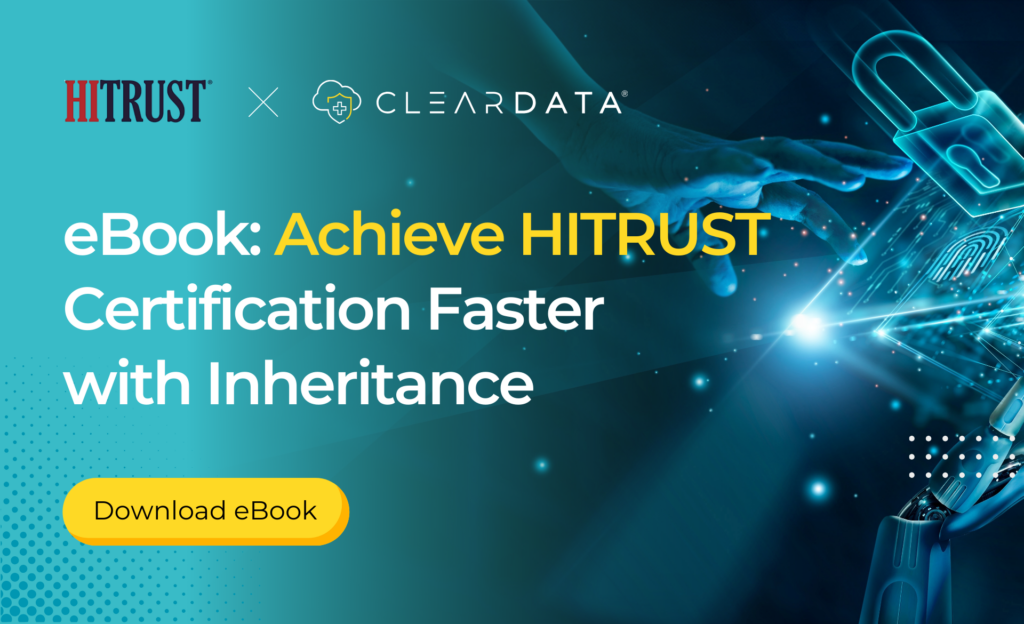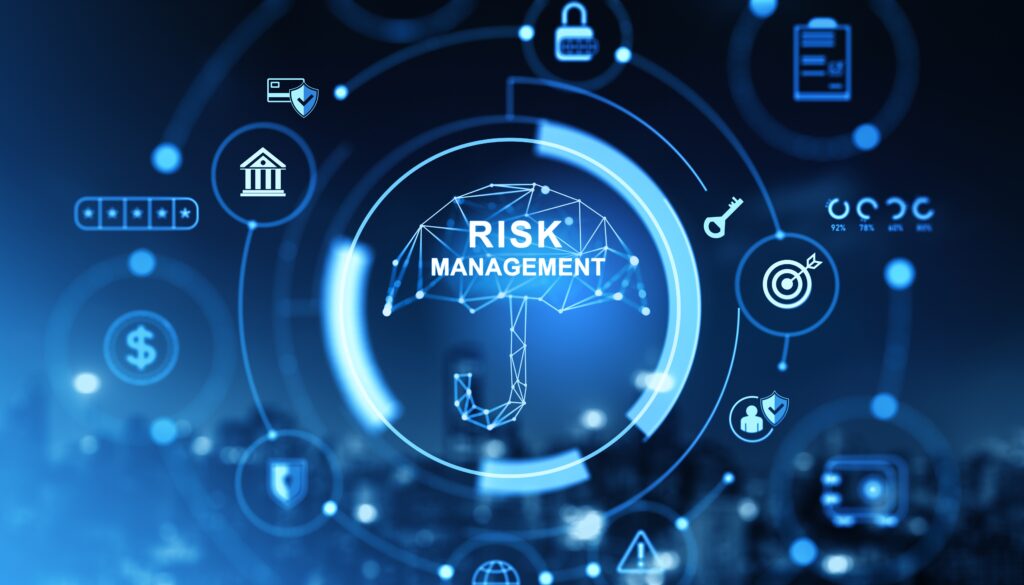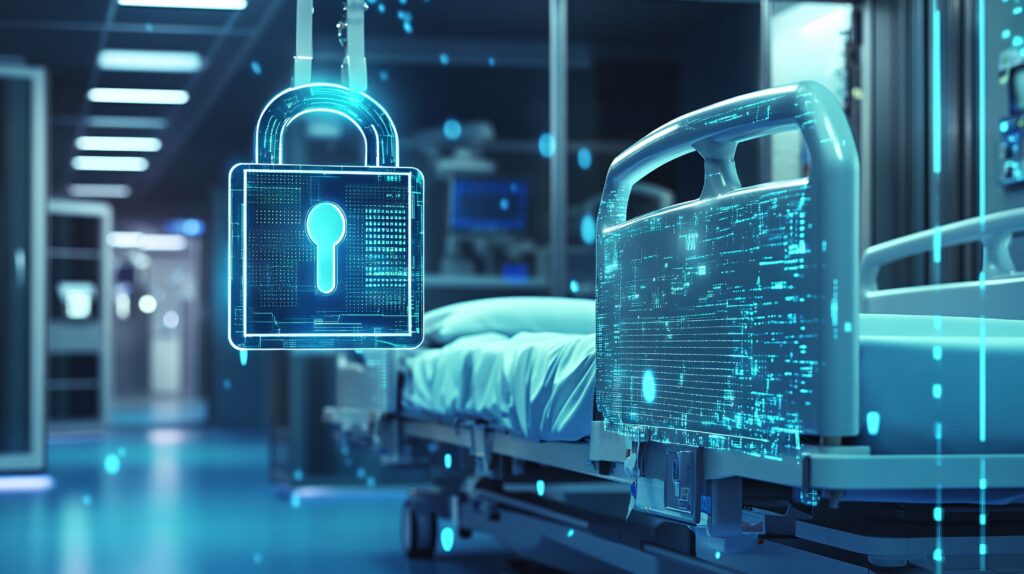Comprehensive Guide to Provider Security Risk Assessments (SRAs) in Healthcare
Conducting thorough Healthcare Security Risk Assessments (SRAs) is an essential regulatory requirement for healthcare organizations who hold sensitive healthcare information. If you haven’t yet, refer to our previous blog in the series, “Provider SRAs: Strengthening Patient Data Security and Ensuring HIPAA Compliance,” for a comprehensive overview of what an SRA is and why conducting regular provider SRAs are critical for patient data safety.
Healthcare environments are increasingly targeted by sophisticated cyber threats. This makes SRAs essential for protecting Protected Health Information (PHI) and ensuring compliance with HIPAA.
This blog explores the essential facets of provider SRAs, offering a step-by-step approach to bolstering security and safeguarding sensitive data.
Why Are Healthcare Security Risk Assessments Essential?
Healthcare organizations process vast amounts of sensitive data, from patient records to financial information. Failure to secure this data can result in regulatory fines, data breaches, operational losses, and diminished patient trust. SRAs enable healthcare providers to evaluate vulnerabilities within their IT ecosystems and implement targeted measures to protect ePHI.
Key Areas Addressed by SRAs Include:
- Workforce security training.
- Systematic documentation of all and potential ePHI locations.
- Access controls for all systems, facilities, and personnel.
- Use of encryption and alternative safeguards to prevent unauthorized access to key systems.
- Regular audits of information systems and data flows.
- By methodically addressing these areas, organizations can mitigate threats and strengthen compliance measures.
Workforce Security Training
Unfortunately, human error accounts for a significant portion of cybersecurity incidents in healthcare. Even the most secure systems are at risk from weak passwords, phishing scams, or accidental mishandling of sensitive data.
Steps to Improve Workforce Security:
- Screen Employees: Check for past data security violations or risky behaviors before granting access to sensitive systems.
- Provide Ongoing Security Training: Train staff to recognize phishing attacks, avoid unregistered storage solutions, and use encryption properly.
- Adopt a Training Schedule: Conduct annual security training that is tailored to prevent current threats and reinforce data protection policies.
Employees should never back up PHI or other sensitive data on unregistered storage devices or in personal cloud storage. Organizations should conduct annual training on the most relevant security policy considerations, such as the use of encryption and PHI transmission restrictions. Provide staff with training on and awareness of phishing e-mails.
Organizations should prioritize employee readiness and ensure their workforce is equipped to identify and prevent cyber threats. Social engineering attacks are on the rise, with threat actors becoming increasingly sophisticated at manipulating individuals to gain access to sensitive information.
Building and Maintaining PHI Inventories
Many HCO’s benefit from asking the question, “How do you know you’re protecting PHI in you don’t know where it lives?” Start your SRA with a comprehensive PHI inventory and then methodically review your policies and procedures against the inventory to make sure you’re protecting your patient’s PHI.
Understanding where Protected Health Information (PHI) resides is a foundational step in conducting SRAs. Many healthcare providers struggle to maintain a complete, up-to-date inventory of internal and external systems processing PHI.
How to Conduct a PHI Inventory:
- Audit all systems and devices interacting with PHI.
- Map the flow of ePHI across servers, databases, backups, and cloud platforms.
- Review policies to ensure appropriate security measures align with the physical location and movement of PHI.
Accurate PHI inventories help prevent “data sprawl,” which can expose sensitive information to unnecessary risks.
Securing Systems with Antivirus (AV) Software
Antivirus software offers a straightforward way to protect ePHI from malware, ransomware, and viruses. With automatic updates and proactive scanning, AV solutions form the frontline of defense for healthcare organizations.
Best Practices for Implementing AV Software:
- Deploy AV software on every endpoint, including laptops, desktops, and servers.
- If using medical devices that cannot support AV, implement secure compensating controls.
- Perform periodic AV scans, especially after servicing vulnerable devices.
Ensuring proper AV implementation limits exposure to digital threats, providing critical integrity and security for healthcare systems.
Encryption and Access Control
Encryption remains one of the most effective methods to protect ePHI during transfer, storage, and access. However, some healthcare organizations fail to manage encryption consistently.
Implementing Encryption Safeguards
- Install encryption tools that safeguard mobile devices, including laptops connecting to the EHR system.
- Enforce encrypted email protocols for PHI transmission.
- Maintain audit trails for encrypted devices to monitor compliance and mitigate risk in case of theft.
For devices that cannot be encrypted, apply physical and procedural safeguards such as anti-theft measures, locked storage, or dedicated access controls to compensate.
Using Multi-Factor Authentication (MFA)
Combining single sign-on (SSO) with MFA ensures robust access control to sensitive data. These systems enhance usability while monitoring and logging access events for improved security management.
A lack of MFA has been at the root of some of the most damaging data breaches in recent history. For example, the 2023 PharMed breach exposed sensitive patient data due to compromised employee credentials and the lack of robust MFA protocols.
Similarly, in 2024, the MediSecure ransomware attack exploited a single compromised password without MFA protection, resulting in significant system disruptions and data leaks. These incidents demonstrate the importance of implementing MFA in healthcare settings to safeguard sensitive information and prevent unauthorized access.
Conducting IT Audits Regularly
Regular audits of information systems are essential to evaluate the effectiveness of your cybersecurity measures. This includes all components that create, process, or transmit ePHI, from firewalls to cloud-based applications.
Key Audit Steps:
- Use vulnerability scans to identify system weaknesses.
- Classify findings into high, medium, and low-priority risks.
- Address identified vulnerabilities with updates, patches, and other defensive measures.
Committing to routine audits safeguards against emerging threats before attackers can exploit them.
Managing Physical Security and Facility Access
Physical access to servers, network equipment, and other critical IT systems must be tightly controlled. Unauthorized entry into these facilities poses as much risk as digital breaches.
Physical Security Measures
- Disable unused network ports to prevent unauthorized connections.
- Implement tools like key card access, security cameras, and locked storage rooms.
- Establish rules for guests, with clear distinctions between internal and external networks.
Documenting policies for physical security shows regulators and auditors that you’re addressing all aspects of data protection, not just software solutions.
Data Retention and Termination Protocols
Ensuring data security after employee separation is critical. Failure to terminate access in a timely manner increases the risk of unauthorized actions.
Document procedures for handling termination or changes in ePHI access when employment ends or job roles change. Include steps to recover access control devices (like company-owned equipment), deactivate system access, and adjust permissions based on new job responsibilities. Set clear time frames to terminate ePHI access and discuss privacy and security during exit interviews.
Healthcare companies using the cloud must pay extra attention to these policies, as employees can access sensitive data remotely. Even when employees move to a new role, IT teams should verify if their permissions and access levels are still appropriate.
Effective Termination Protocols
- Deactivate all access credentials, including personal accounts and keycards.
- Recover company devices and ensure the secure transfer or deletion of any stored data.
- Update permissions for employees transitioning into new roles to reflect their updated responsibilities.
Additionally, organizations must archive audit logs and termination records for a minimum of six years to satisfy compliance requirements.
Optimizing Healthcare Security Risk Assessments for Strengthened Cybersecurity
By systematically addressing threats through SRAs, healthcare providers can proactively defend against cyberattacks and regulatory penalties. Partnering with expert teams like ClearDATA ensures that organizations are both compliant and resilient in the face of evolving cybersecurity landscapes.
Strengthen the security of your healthcare operations today—schedule a consultation with our expert team to create a tailored and effective SRA strategy.
Speak with an expert
FAQ
What are the 5 steps of security risk assessment?
The five key steps in a healthcare security risk assessment are: (1) Identify and document all systems that store, transmit, or process ePHI. (2) Assess potential threats and vulnerabilities associated with those systems. (3) Determine the likelihood and potential impact of each risk. (4) Evaluate existing security measures and controls. (5) Develop and implement a risk mitigation plan, including timelines, responsible parties, and ongoing monitoring
What is the HIPAA Security Rule?
The HIPAA Security Rule is a set of national standards issued by the U.S. Department of Health and Human Services (HHS) to safeguard electronic protected health information (ePHI). It requires healthcare organizations and their business associates to implement administrative, physical, and technical safeguards to ensure the confidentiality, integrity, and availability of ePHI.
What is the biggest threat to the security of healthcare data?
The most significant threat to healthcare data security today is ransomware, often delivered through phishing attacks or unpatched vulnerabilities. Cybercriminals target healthcare organizations due to the high value of medical data and the urgency to restore operations. In addition to ransomware, insider threats, misconfigured cloud environments, and weak access controls pose substantial risks.
Stay Compliant. Stay Secure.



